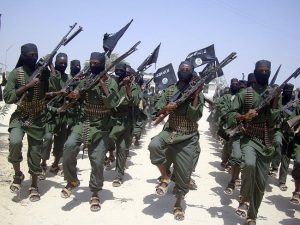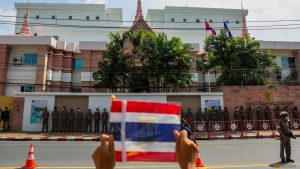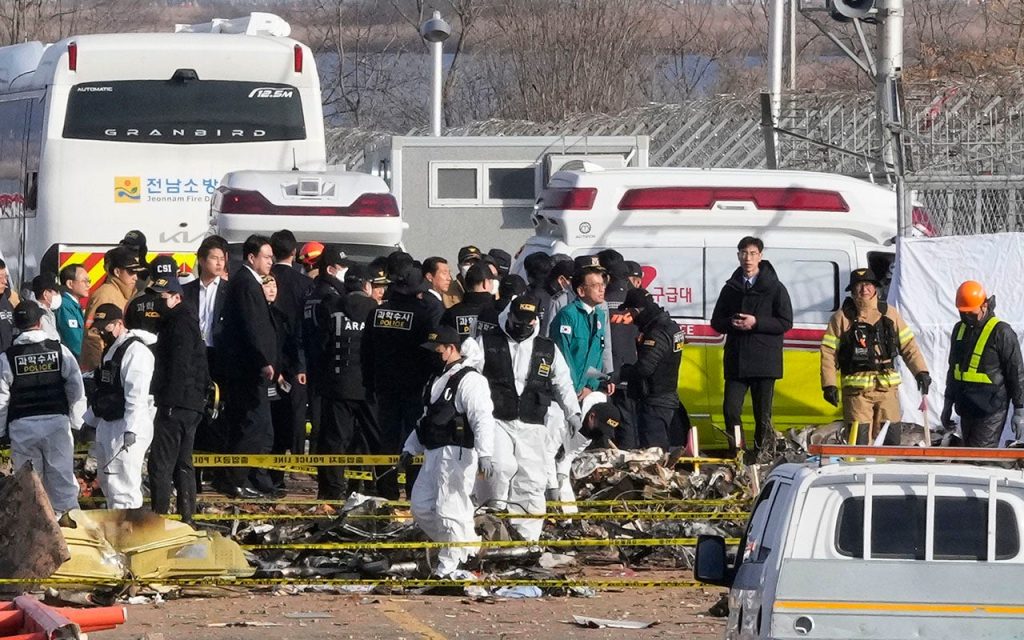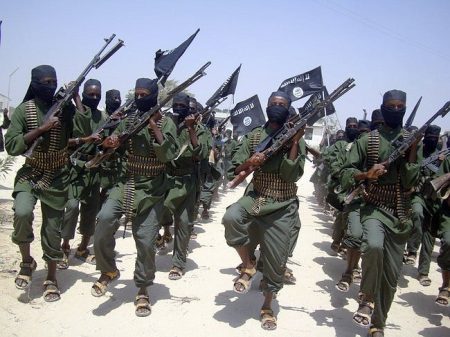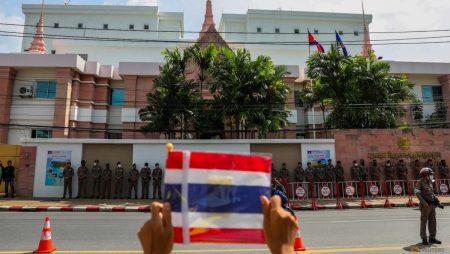The devastating plane crash in South Korea on Sunday, the nation’s worst in decades, claimed the lives of 179 people, leaving just two flight attendants as survivors. The Boeing 737-800, operated by Jeju Air, was carrying 181 passengers and crew when it attempted to land at Muan airport. After aborting its initial landing attempt, the aircraft reportedly received a bird strike warning before the pilot issued a distress signal. The plane ultimately crash-landed, hitting a concrete barrier and erupting into flames. The two survivors, both flight attendants, were pulled from the wreckage with serious injuries, but their lives are not believed to be in danger. One survivor, in a state of near-panic, repeatedly questioned medical personnel about the events and the safety of the passengers, highlighting the traumatic nature of the incident. The crash site presented a grim scene, with over 600 body parts recovered and the air heavy with the scent of blood. The victims ranged in age from a 3-year-old to a 78-year-old, underscoring the indiscriminate nature of the tragedy.
The crash has prompted a nationwide outpouring of grief and sparked concerns about the government’s ability to effectively manage the disaster response. The country is currently grappling with political turmoil following the recent impeachments of both the President and Prime Minister. Acting President Choi Sang-mok has pledged a comprehensive review of aviation safety systems to prevent future occurrences and has emphasized the government’s commitment to a thorough and responsible investigation. The nation has declared a seven-day period of national mourning to honor the victims. The tragedy has also raised questions about broader safety and regulatory issues in South Korea, drawing comparisons to previous disasters such as the 2022 Halloween crowd crush and the 2014 ferry sinking. These events have collectively cast a shadow over the nation’s ability to ensure public safety and effectively respond to large-scale emergencies.
Investigators from the United States, including representatives from the National Transportation Safety Board (NTSB), Boeing, and the Federal Aviation Administration (FAA), have arrived in South Korea to assist with the investigation. The South Korean Transport Ministry has initiated safety inspections of all 101 Boeing 737-800s operated by the country’s airlines, along with a focused review of Jeju Air’s safety standards. The ministry will also investigate the design of the concrete barrier that the plane struck, exploring whether lighter materials could have mitigated the impact and potentially reduced the severity of the crash. The flight data and cockpit voice recorders have been recovered and transported to a research center for analysis, a process expected to take several months.
Initial observations and expert analysis based on video footage of the crash suggest several potential contributing factors. The video indicates that the pilots did not deploy flaps or slats to slow the aircraft, raising the possibility of a hydraulic failure. Furthermore, the landing gear was not manually lowered, suggesting that the pilots may have lacked sufficient time to react. Despite these issues, the plane appeared to be under control and traveling in a straight line before impact. Experts believe that the proximity of the concrete barrier to the runway significantly exacerbated the damage and likely contributed to the high number of casualties. Some observers have also noted signs of potential engine trouble in the video footage, though it remains unclear whether this played a role in the crash.
The incident has had a ripple effect on Jeju Air operations. On Monday, another Jeju Air Boeing 737-800 returned to Gimpo International Airport shortly after takeoff due to a landing gear issue. Although the issue was reportedly resolved through communication with ground control, the pilot chose to return as a precautionary measure, highlighting heightened sensitivity to aircraft safety in the wake of the Muan crash. Investigators are also examining potential communication issues between air traffic control and the pilot of the crashed aircraft, focusing on the period during the go-around procedure before the final landing attempt.
The Muan airport crash stands as South Korea’s deadliest aviation disaster since the 1997 Korean Airlines crash in Guam, which claimed 228 lives. The tragedy has left the nation in mourning and prompted a period of national reflection on safety and regulatory practices. The ongoing investigation will be crucial in determining the precise cause of the crash and identifying any systemic issues that contributed to the disaster. The findings will be essential for implementing reforms and improving aviation safety to prevent similar tragedies in the future. The involvement of international experts underscores the global concern for aviation safety and the collaborative effort to learn from such devastating events.
